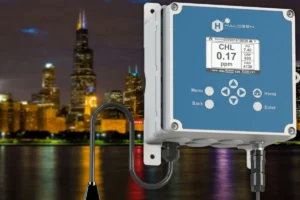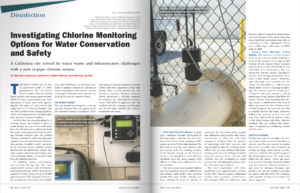

Real Talk about “Continuous Monitoring” Chlorine Analyzers
Some manufacturers of online chlorine analyzers are making bold claims that their sensors enable ‘continuous monitoring for real-time decision-making,’ which raises the question, ‘What do they mean by ‘continuous monitoring’?’ Hint: Their definition might not match your definition…or the definition. At Halogen Systems, we think about monitoring in terms of cycle times: How fast can the unit take, measure, and record a parameter data point? In the case of a wet-tap drinking water installation (retractable in-pipe deployment), the Halogen MP5 wet-tap chlorine analyzer is situated directly inside the water flow, utilizing its three bare electrodes to record a measurement. The analyzer then combines this reading with data from its onboard pH and temperature sensors. Finally, the MP5™ reports five parameters (free chlorine, pH, temperature, conductivity, and RapidORP™) via the display/controller unit and then takes another measurement. From measurement to reporting, the cycle takes approximately 50 seconds. If you’d rather think of cycle time in terms of Cycles Per Hour (CPH), the MP5™ runs at 72cph {(60/50)x60}.
“Continuous Monitoring” vs. Cycles per Hour (CPH)
A slow CPH rate is often cloaked by using a plotted graph that connects data points and applies some smoothing. But those smooth lines are inferred data points, not actual data. Any operator looking for “Continuous Monitoring” should pick an analyzer with a high cph, gathering as many actual data points over time as possible to spot trends quickly.
“Continuous monitoring” generates actionable data at a high frequency, but the sheer number of data points is only part of the reason diligent operators should spec an MP5™ online chlorine monitor.
Where & When & How Often
The Hach CL10 chlorine analyzers have delicate membranes that will suffer damage at pressures higher than 0.5 bar (7psi) and therefore require flow-control plumbing to keep pressures and flows consistent with no spikes, drops, or vibrations. This results in the sensor often being many yards away from the sample-tube insertion point. To test water from the sample point, the water must go through all that tubing to the sensor before any measurement can be taken.
Unlike those control-board flow-controlled analyzers, the MP5™ can be deployed directly in a water pipe (and being certified for NSF-61 installations, it can be inserted into drinking water pipes with no required waste stream) at pressures ranging from -.07 to 10 bar (-10.15 to 147 psi) and at flows from no-flow to 4.5 M/Sec (14.7 F/Sec).
The MP5™ chlorine analyzer’s ability to deploy directly in the water pipe allows operators to know 5 parameters of water quality at that precise spot inside the pipe (or tank) at 72cph, making decisions on a constant stream of accurate data rather than making inferences on water-data that could be hundreds of feet out of date before a slow cycles-per-hour ratio ever kicked in.
If an operator wants to know exactly what the chlorine residuals are in the pipe often enough to spot trends quickly, that operator wants an MP5™.
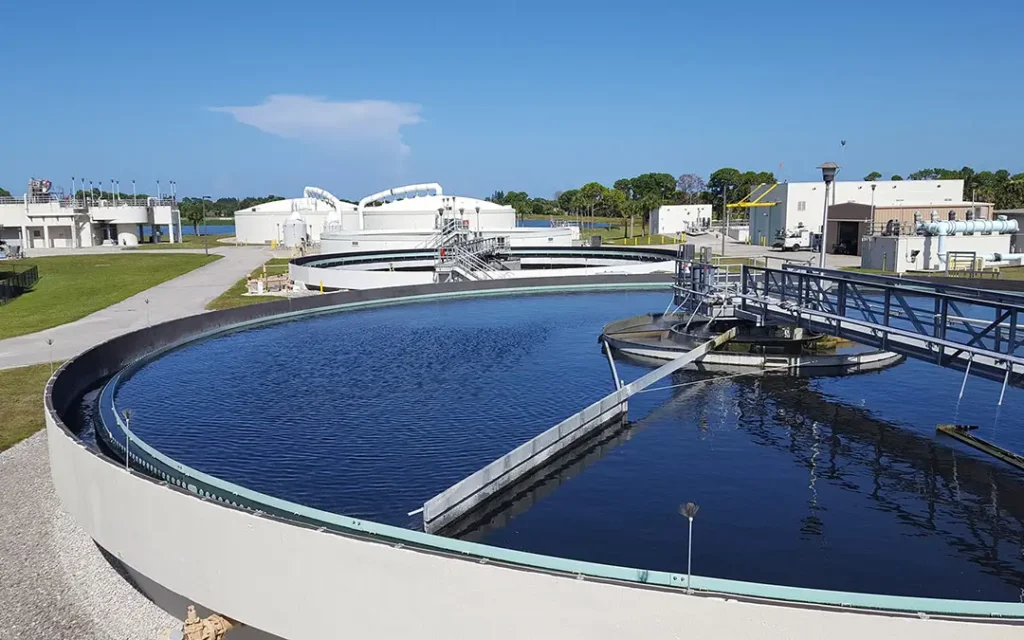
Continuous Accuracy in Continuous Monitoring
A high cycle rate might not matter if the accuracy of the reporting is suspect. However, even in this area, the MP5™ is ahead of the pack. A recent pilot program by San Jose Water (SJW) compared the Halogen MP5™ Chlorine Analyzer to the Hach CLT10 analyzer, using a Hach SL1000 as a reference. This test was organized because the existing equipment required constant calibration and maintenance, and it suffered deviation at low residual concentrations. Over the course of a month, the Hach CLT average accuracy was 87%, while the Halogen MP5™ averaged 93% accuracy.
Efficiency Rates (# of Parameters @ Cycles per Hour)
This multi-parameter reporting makes a single MP5™ an incredibly efficient means of gathering near-time water quality data (from inside the pipes). The MP5™ efficiently and accurately monitors multiple parameters at a high CPH, making it a good choice for true continuous chlorine monitoring to make on-time water quality decisions
Choose the MP5™ For Continuous Chlorine Monitoring
The Halogen Systems engineers aren’t prone to sweeping statements (just ask the copywriter) but they feel pretty strongly that operators who want “continuous monitoring” should insist on analyzers with a high CPH and proven accuracy, located directly in the pipe if at all possible. Only the MP5™ meets those criteria.
The Halogen Systems MP5™ online chlorine analyzer is the best choice for continuous chlorine monitoring. Only the MP5™ can boast such high cycle times, eschewing maintenance while maintaining stable calibration. Only the MP5™ can be installed directly in a drinking water pipe, continuously analyzing chlorine residual at fast enough cycle rates that decisions can be made based on data from water actually flowing in the pipe.
For more information about how an MP5™ can become the foundation of real-time decision-making based on near-time continuous monitoring, see our MP5™ detail page or contact a representative.
Many Applications Benefit from a Self-Cleaning, Low-Maintenance Analyzer
Halogen’s technology helps maintain stable calibrations while lowering maintenance requirements. This combination makes MP5™ a good option for monitoring stations that might otherwise involve constant crew rollouts for operator interventions. When packaged with remote telemetry options, the MP5™ can be the foundation for IoT monitoring solutions. See below for example applications.

REMOTE RESERVOIR
Suspended directly in the a drinking water reservoir, an MP5™ chlorine sensor can report via a cellular telemetry option. When running on an optional battery kit, the MP5™ can sample at predefined intervals and operates with no maintenance interaction for a month.

END-OF-LINE TESTING
Municipalities that currently have to roll a truck to know with certainty that homes at the end of the line are getting appropriate PPM can lower costs and increase accuracy by putting an MP5™ directly in the neighborhood water pipe. Data can broadcast via cellular telemetry.
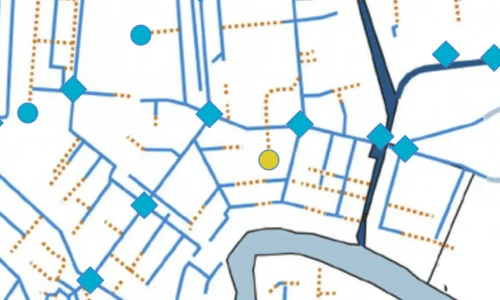
GRID MONITORING
Water aging and other degradation issues in a distribution grid can be discerned by deploying MP5™ analyzers at desired points in the system. Operators can track temperature, conductivity, pH, and even ORP no matter the flow or pressure (up to 10.5 bar) via remote telemetry options.
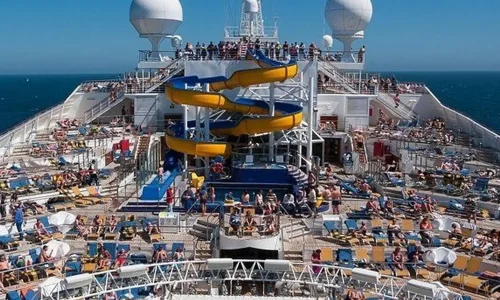
CRUISE SHIP DRINKING WATER
To guard against Legionella, cruise lines need to monitor chlorine levels in their freshwater tanks, guard against contamination from source providers, and sample at the actual taps. SensiCLĒNE™ technology and the flexible installation options of the MP5™ analyzer allow operators to create solutions that will work in this tough environment.
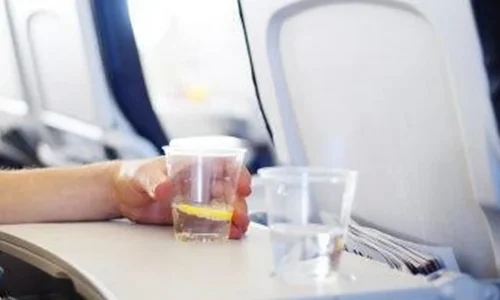
AIRLINE WATER TANKER MONITORING
Studies in the UK show water tankers as a source of contamination in airline drinking water, but monitoring these mobile refill units is a highly manual process, making consistency difficult in a rushed environment. Self-cleaning, durable, and flow-independent, the MP5™ can be the foundation of an source-side solution.
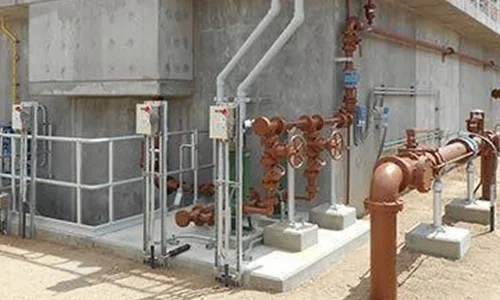
EWR MONITORING
Environmental Water Reclamation (EWR) is a hot topic in areas that are facing water shortages, but remote holding tanks can also become hot spots for all sorts of bacterial growth. Thanks in part to SensiCLĒNE™, the MP5™ is unaffected by flow and turbidity, making it a good choice to build a robust, low-maintenance monitoring system.
Latest Blog

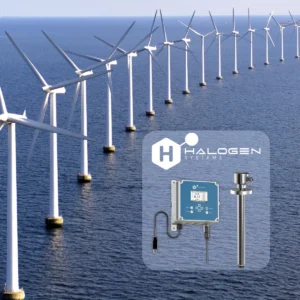
Offshore Windfarms Benefit Form Halogen System Inc.’s Chlorine Analyzer Technology
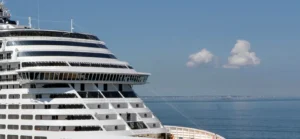


Air Travel & Potable Water Problems – Our Chlorine Analyzer Can Help
